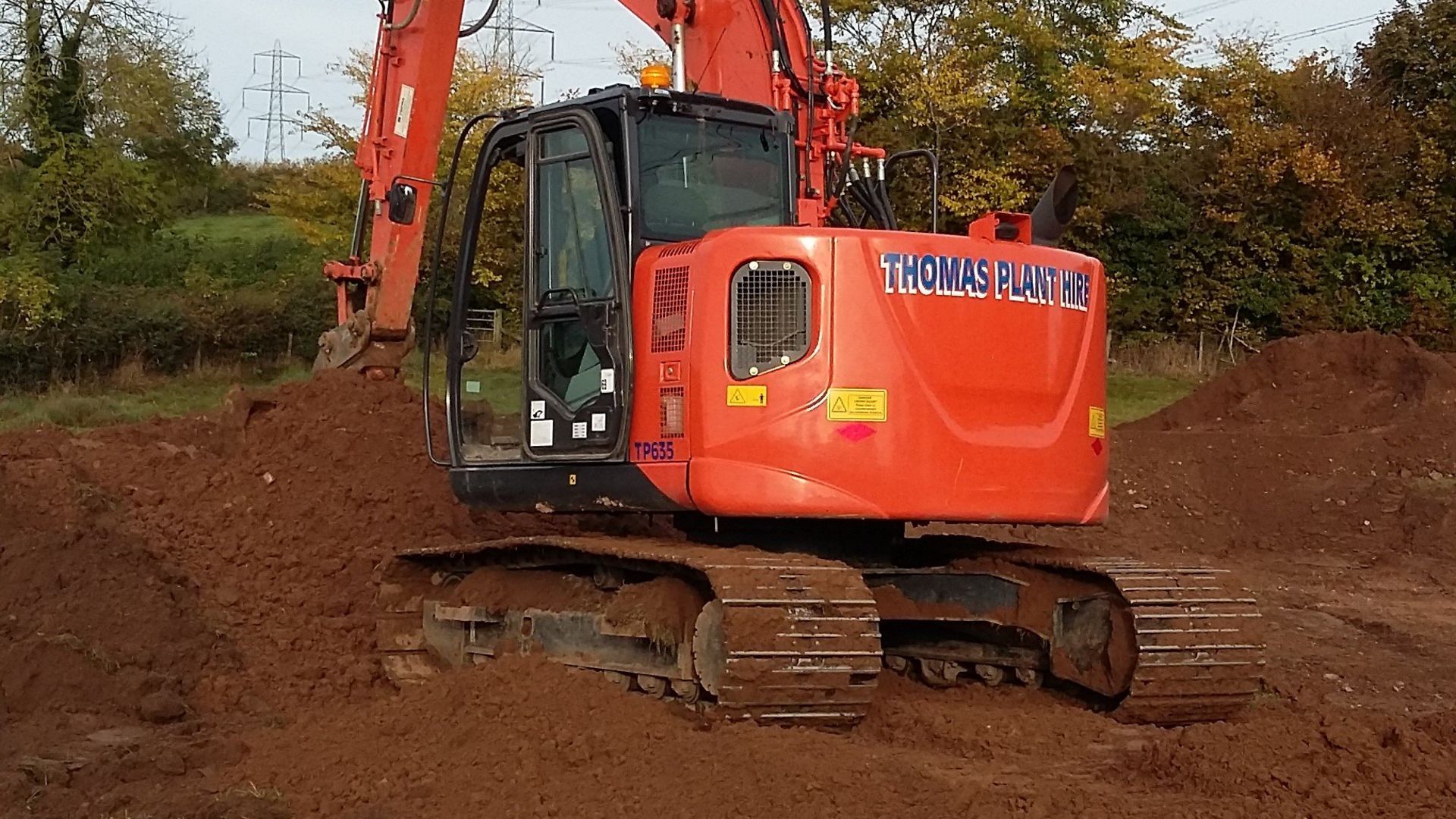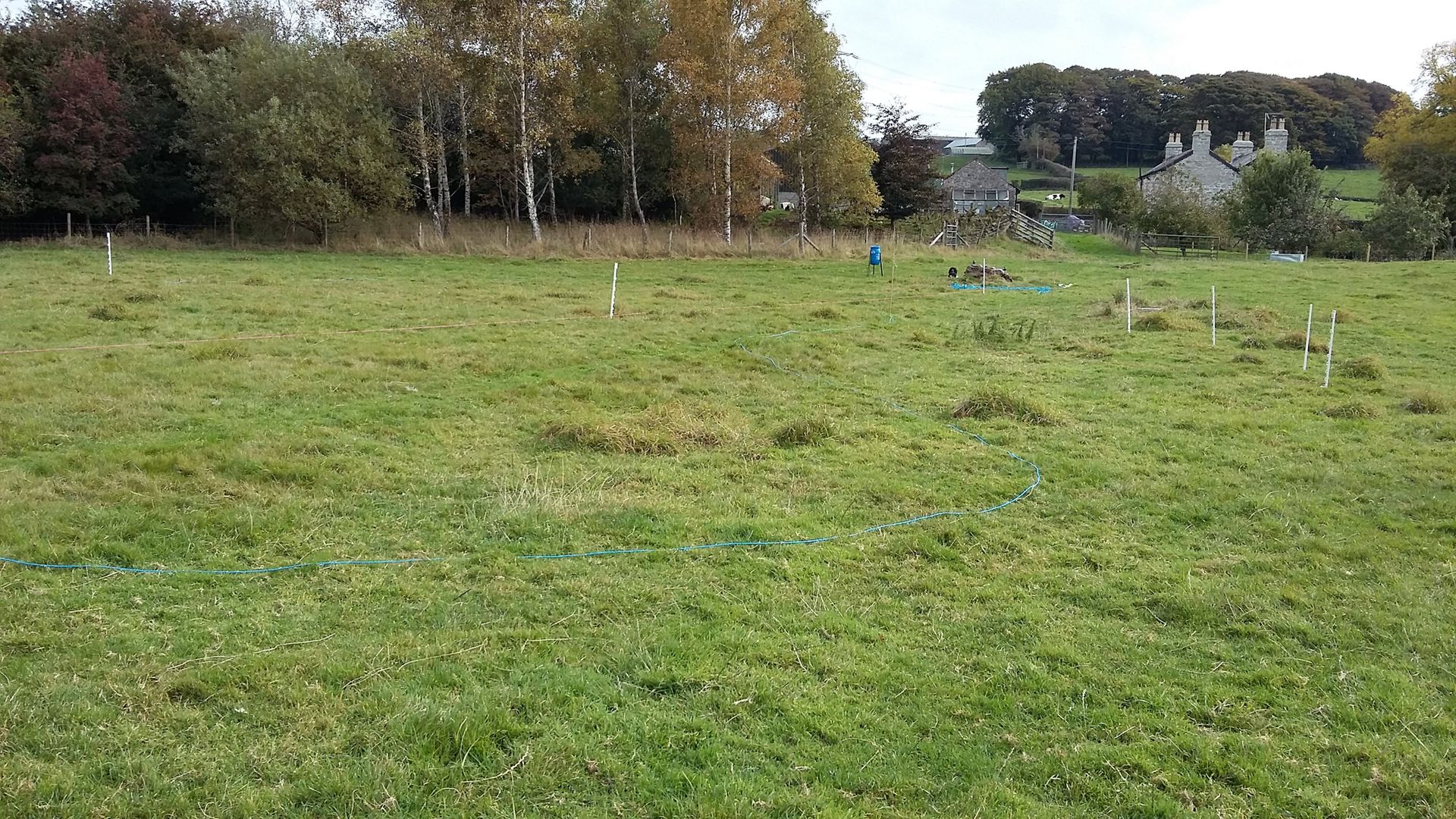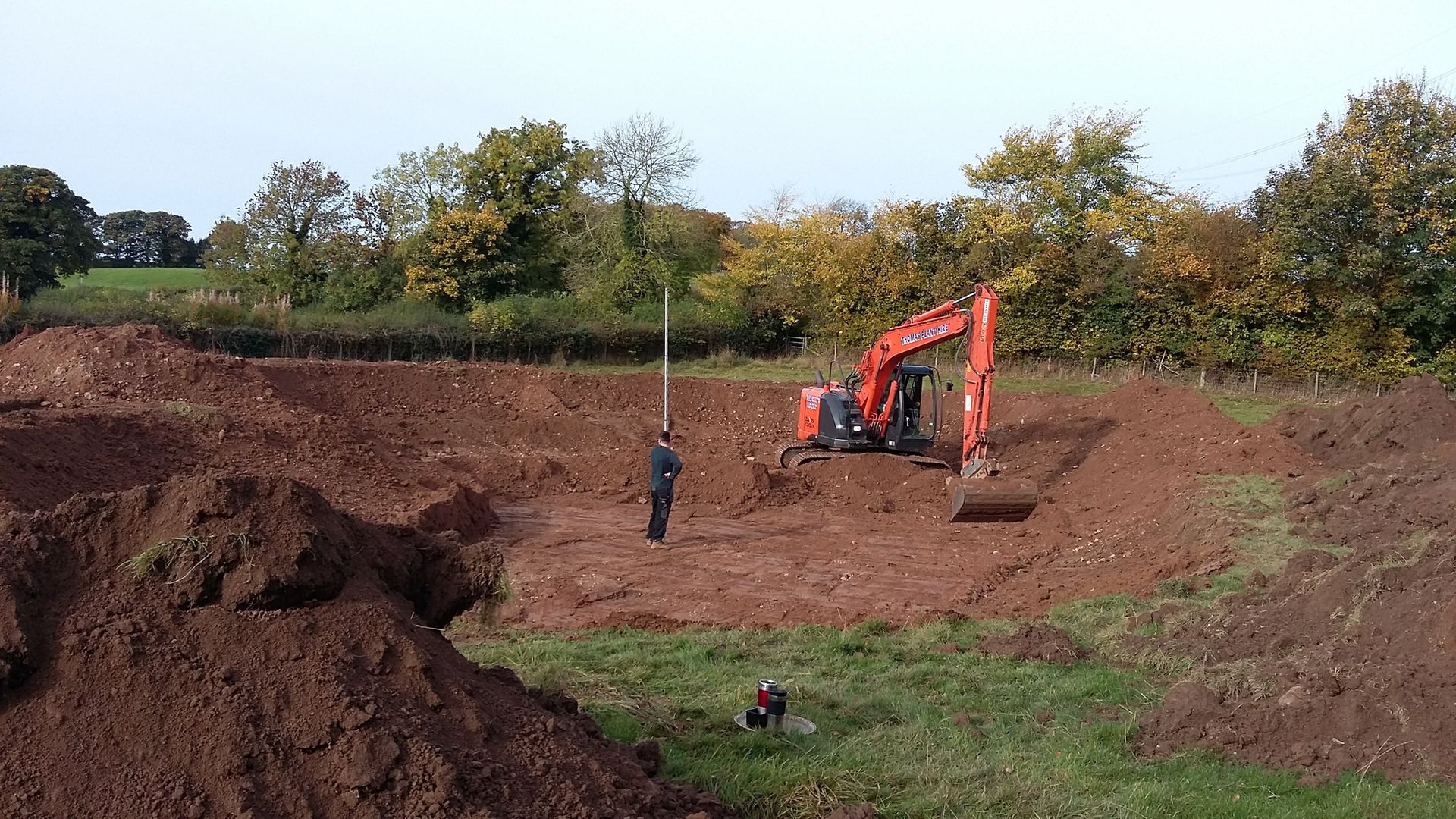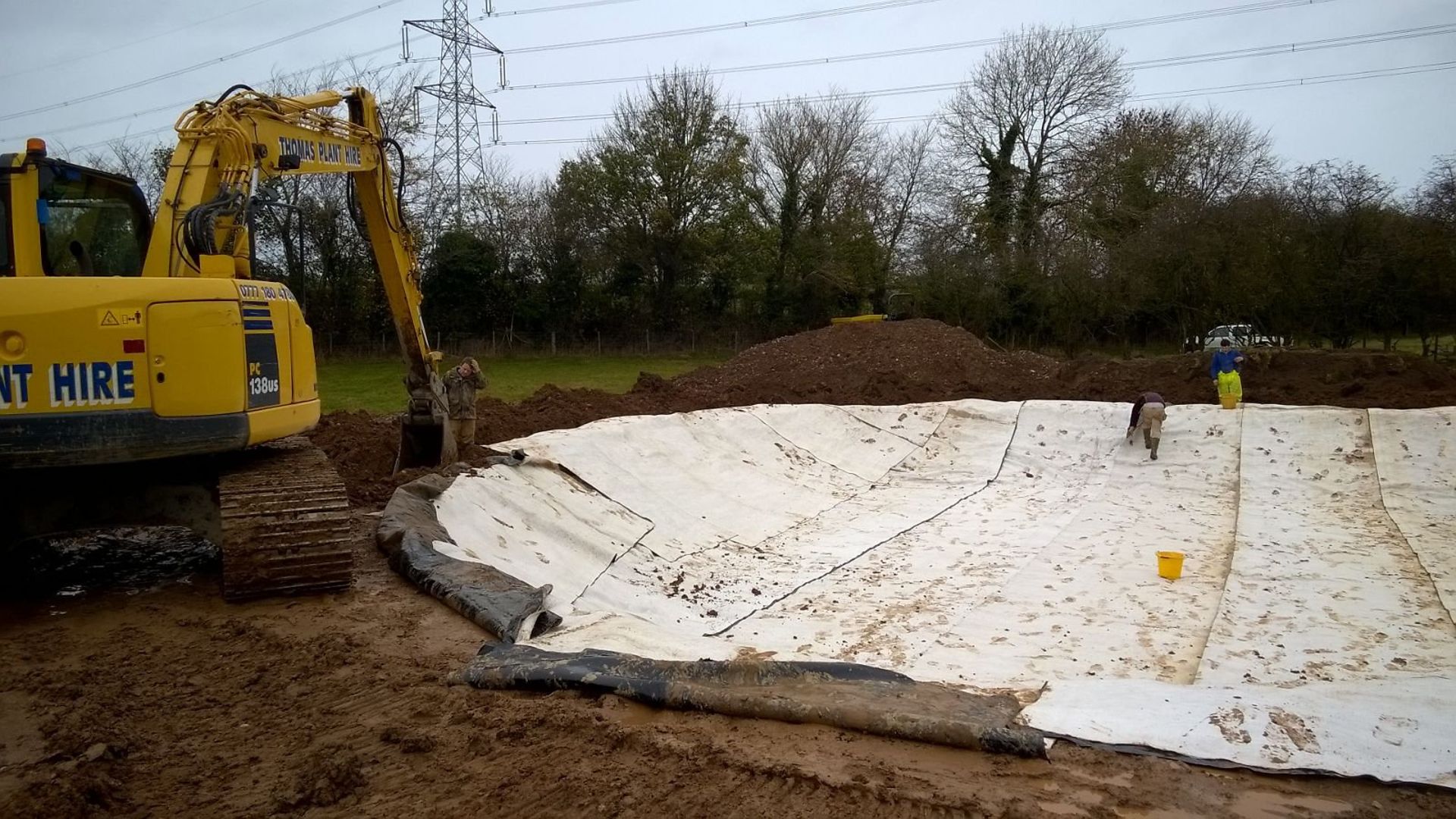Alex Hatton advises on how to create a pond to encourage wildfowl and other wildlife to your land
 credit: Alex Hatton
credit: Alex Hatton
If you were to ask a digger driver to dig a pond and left him to it, it would almost certainly be round, deep and have steep edges, but how suitable would it be for your shoot’s goals? What are your goals? Before you embark on a pond creation project, take some time to plan it out so that what you create is fit for purpose and ultimately money well spent.
The first stage is to decide what you wish your pond to achieve. Ducks fall into two categories: dabbling ducks, such as teal, wigeon and mallard, and diving ducks which include goldeneye and pochard. Dabbling ducks feed in shallower areas so a new pond does not necessarily need to be very deep, otherwise you will find your chosen species will spend all its time on the edges. If you want to encourage both types of ducks, a variety of depths will help.
Another consideration is the type of shooting you aspire to – are you releasing large numbers of ducks, or is this to attract wild ducks? Will this be for just a Gun or two, or a team?
 credit: Alex Hatton
credit: Alex Hatton
Location, location
Where you put your new pond may largely be down to what land you have available. It really is worth doing your homework before you start. I have a series of ponds that are fed by natural flushes that run year-round and each pond links to the next.
The ground was a little rough so the farmer was quite relaxed about their locations. If you plan on digging your pond in an area that is not naturally wet, I would suggest you dig some trial pits and see what the water is doing through the year, as you may need to go a little deeper to get below the water table so it does not dry up.
My ponds are sited on a tree line which ducks have always used to navigate the area. Placing ponds alongside it acted as a safety area, and they found the ponds quickly. We keep the edges strimmed so that the ponds can be seen easier from a bird’s eye view.
 credit: Alex Hatton
credit: Alex Hatton
The design
When setting your depth, consider how cold the area is. My own ponds get a good throughput of water so do not freeze up, even though they are shallow. However, a shallow pond more suitable for dabblers that is fed by the water table may well freeze up at the very time of year you want to shoot it. You can combat this with some deeper areas.
Ducks will thrive on ponds with good insect and plant diversity, but that does mean it has to be a healthy pond with a clean water supply. Consider where you site it as to the potential for surface run-off from agricultural inputs such as fertiliser and farm yard manure – if you get excessive nitrates in your pond, it will not flourish.
The design links back to your goals and available land – for my shoot, the area we had was a long narrow strip of wet ground and the decision was made for several small ponds of varying design. We have a doughnut pond with a small island that the teal love in the daytime as it provides shelter from predators, a shallow scrape and a deeper pond at the end (to name a few). All are small and offer something slightly different.
Because they are in a line, stretching over a few hundred metres, we can sit up to six Guns if needed. The topography works as each Gun sits with a bank behind him. This set-up would not work for large numbers of released ducks, as a much bigger pond would be needed.
Your soil type will determine its ability to hold water. For a scrape to work, the water will need to be near the surface in the winter or have a clean drain flowing into it. Scrapes are a valuable wildlife feature and even in the right place they do dry out in the summer, but they come into their own in the winter. They are also much cheaper to create, although they will need fairly regular desilting.
 credit: Alex Hatton
credit: Alex Hatton
Fit for purpose
Sometimes where you want your pond just is not suitable without extra work – as pictured, lining the pond is the best option. Although it can be done with clay, in this instance it was a wiser idea to line it with Bentomat, which is a geotextile lining sandwiching a layer of clay. It was a large expense but the purpose of this pond was not just to attract ducks, but was a training pond for dogs year round. As you can see in the series of pictures, this pond was a superb design, with very shallow edges leading to a large deep section in the middle and some stepped areas, providing habitats for all species.
Ponds do not need to be round; an irregular edge offers so much more in terms of shelter as well as edge habitat. A gentle slope to the middle is much better, and an ideal slope is deemed to be about 7° or thereabouts.
The time of year you dig your pond is entirely dependent on the soil type. Gravel soils will fill rapidly, which can be a problem for your digger during construction! Clay will take some time to fill naturally. In the summer, you will need to ensure you are not affecting nesting birds or, indeed, flooding nests.
 credit: Alex Hatton
credit: Alex Hatton
Establishing vegetation
It’s a common misconception that ponds need help establishing vegetation. The best thing to do is to allow nature to take its course; the ground will start to vegetate on its own, and as waders and wildfowl start to visit the ponds, they will bring aquatic vegetation.
Legal considerations
There is some ambiguity regarding the need for planning permission. If a new pond is created to water livestock, then no permission is needed for the change of land use – although it may still need planning as engineering works. If you are on a SSSI or SAC/SPA, you will need consent from the statutory body.
Other things to consider include an extraction licence if you are drawing water off a river, and you will need consent if you are digging a new pond close to a main river.